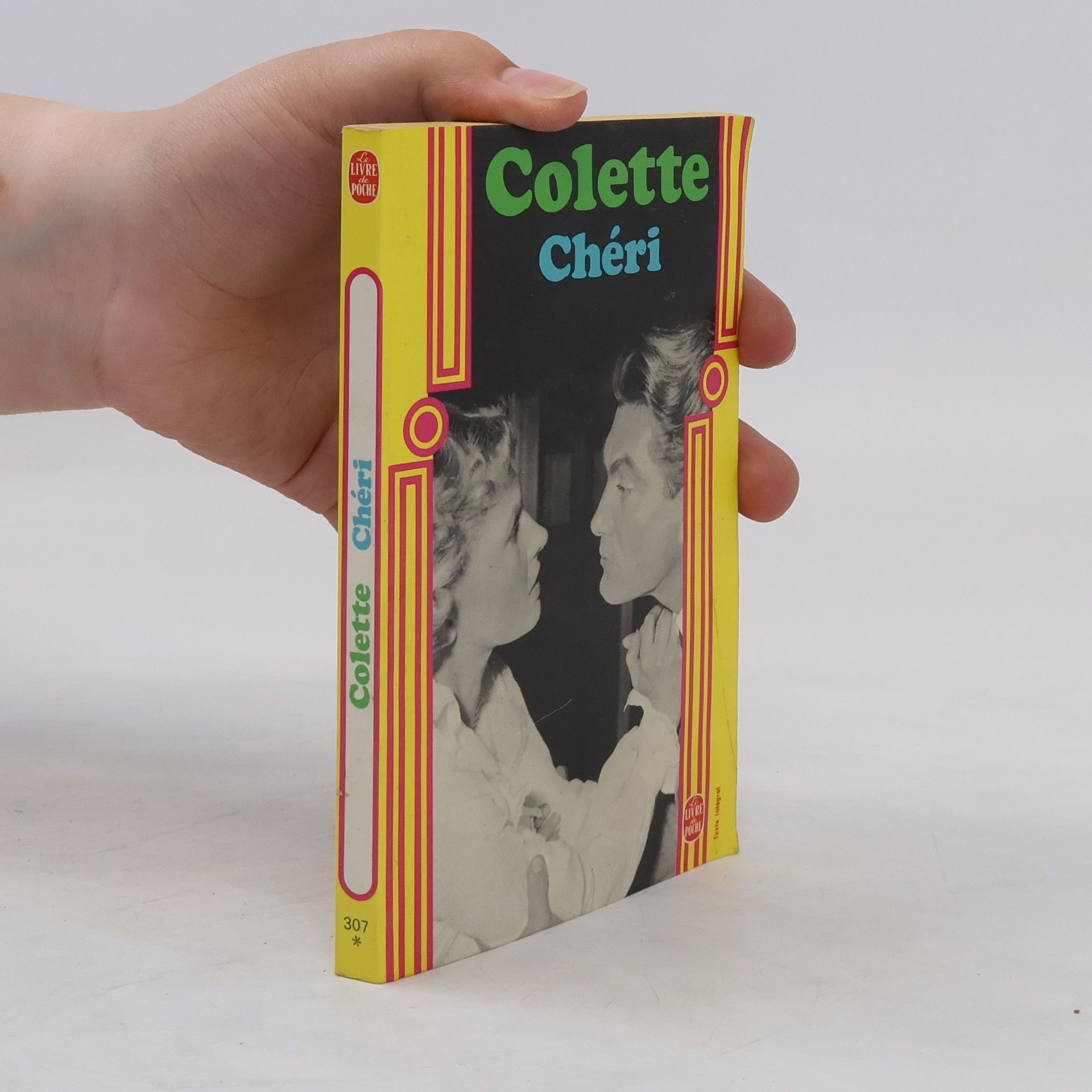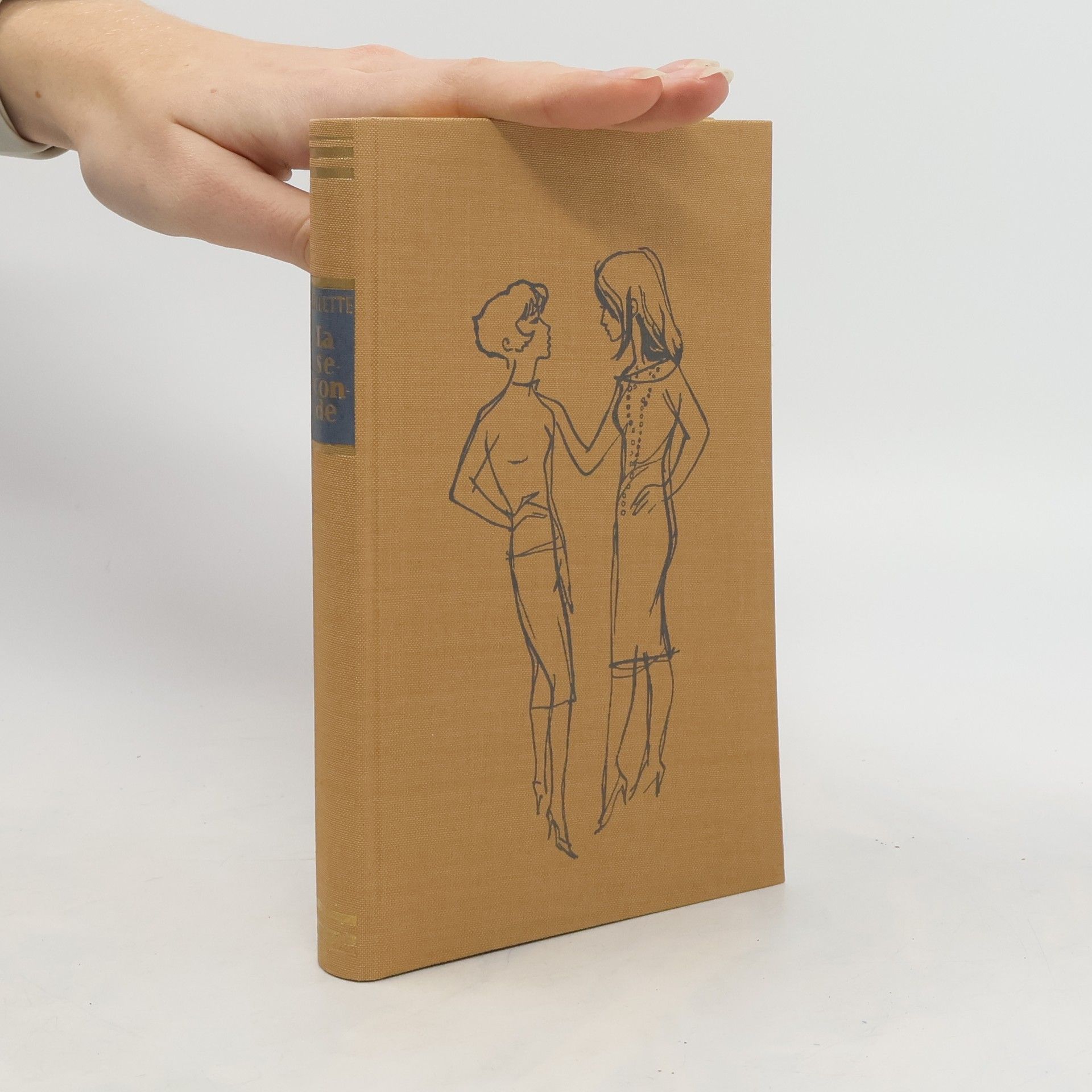Chéri
- 182pages
- 7 heures de lecture
Léa de Lonval, une courtisane de près de cinquante ans, est la maîtresse de Fred Peloux, surnommé Chéri. A mesure qu'elle éprouve le manque de conviction croissant de son jeune amant, Léa ressent, avec un émerveillement désenchanté et la lucidité de l'amertume, les moindres effets d'une passion qui sera la dernière. Pourtant il suffira à Chéri d'épouser la jeune Edmée pour comprendre que la rupture avec Léa ne va pas sans regrets. La peinture narquoise d'un certain milieu demi-mondain, l'analyse subtile de l'âme féminine, les charmes cruels de la séduction, l'humour un peu triste de la romancière, font de Chéri une des œuvres les plus attachantes et les plus célèbres de Colette.








